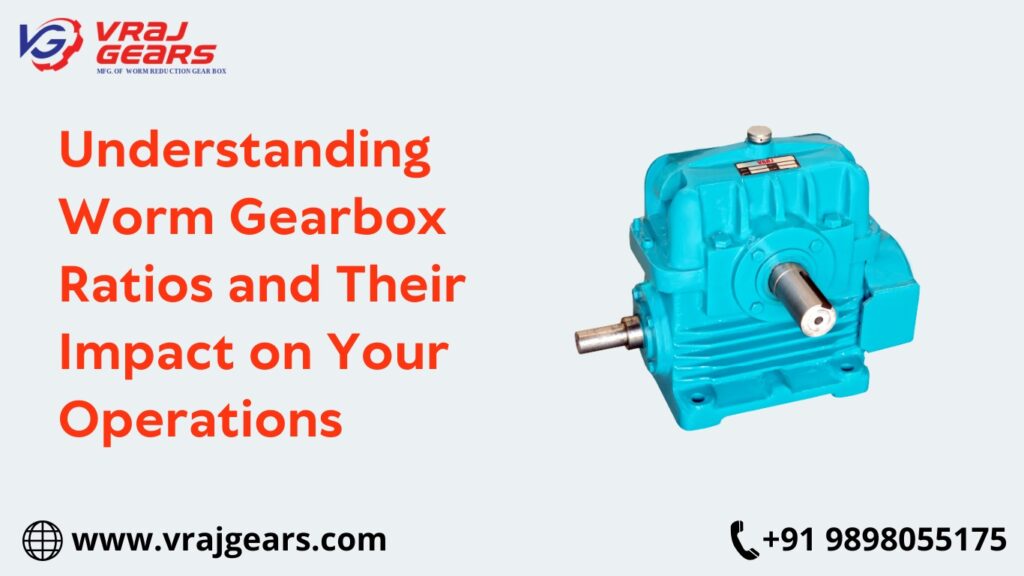Worm gearboxes are considered as an important part of any industrial applications that require large amounts of torsion and accurate control. The ratio in case of a worm gearbox is a most critical specification that bears major influence over speed control, torque magnification, and gearbox effectiveness. This blog will try to help you understand worm gearbox ratios, how these units work and how they could benefit or affect your operations.
What Are Worm Gearbox Ratios?
The worm gearbox ratio defines how much the input speed is slowed down and vice versa how much the torque is increased. For instance, a 10:1 ratio means that for the [output gear] to make a round the input gear has to make 10 rounds. This results in:
- A tenfold reduction in speed.
- A tenfold increase in torque.
Such ratios are useful in applications where low-speed high torque operations are desired.
How Gear Ratios Affect Torque
Torque Multiplication
A decrease in speed results in a corresponding increase in torque. For instance:
- The compound can adopt a one ratio or one to ten, transforming the input torque to deal with the extensive load.
This makes the worm gearbox well suited in hoists that require high torque, in winches and other mechanical systems.
Why Gear Ratio Matters for Your Operations
A. Efficiency and Power Optimization
Choosing the correct gear ratio means that the motor runs at the right speed in order to be efficient. Higher LG and TM ratios generate more torque than lower ratios, The Battleship OHP achieves a certain power speed/torque balance that is important for energy efficiency.
B. Precision and Control
Therefore in some areas such as robots, and auto systems, the right gear ratio provides improved control. Higher ratios provide slow and continuous motion required in many applications to offer great precision and product quality.
Choosing the Right Gear Ratio for Your Application
Several factors influence the choice of a worm gearbox ratio:
- Load Requirements: Systems handling heavy loads, such as cranes, benefit from higher ratios to ensure smooth operation.
- Precision Needs: Applications like conveyor belts or robotic arms require lower ratios (e.g., 3:1 to 5:1) for precise motion control.
Real-World Applications of Worm Gearbox Ratios
A. Material Handling
Conveyor systems often use gear ratios of 5:1 to 20:1, enabling controlled material movement with minimal wear on the system.
B. Precision Machinery
Lower ratios are used in robotic systems and automated lines to ensure smooth, precise operations.
Conclusion
Understanding the appropriate worm gearbox ratio is critical to enhancing the performance and safety of your machinery. The right ratio can improve operational consistency and reduce energy costs by optimising speed reduction and torque multiplication.
Contact us today to find the perfect worm gearbox for your operations!

